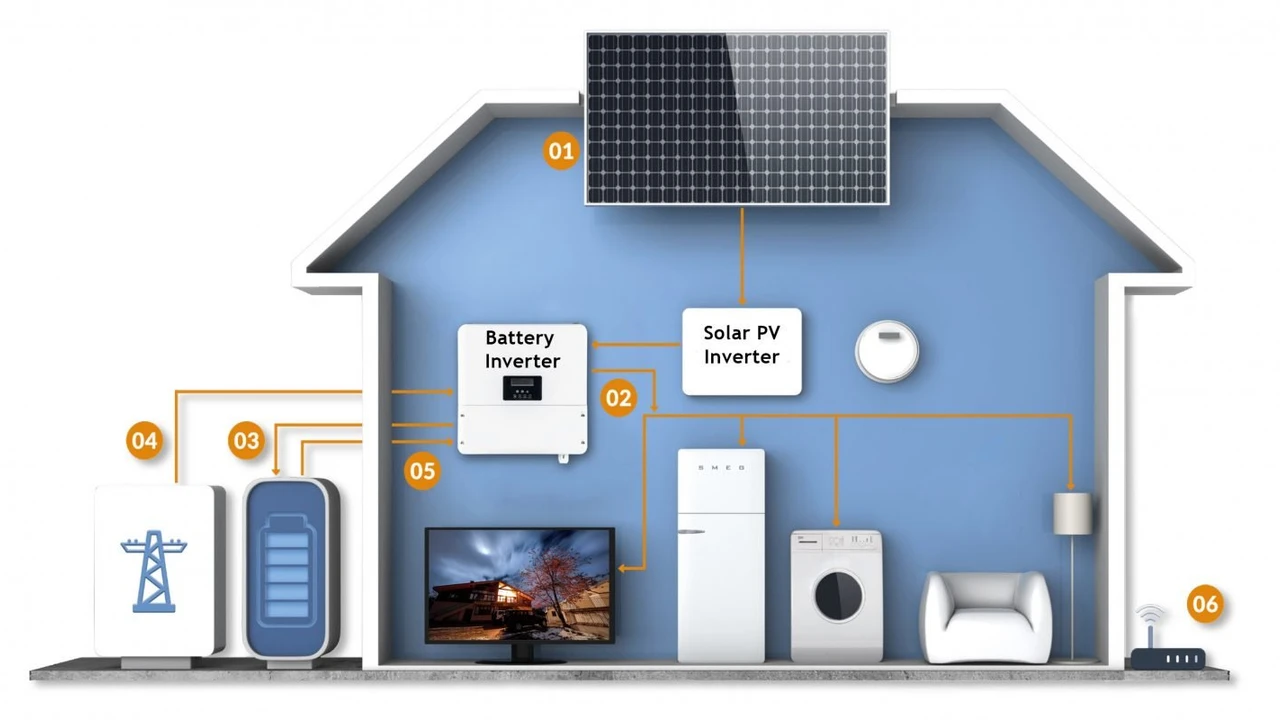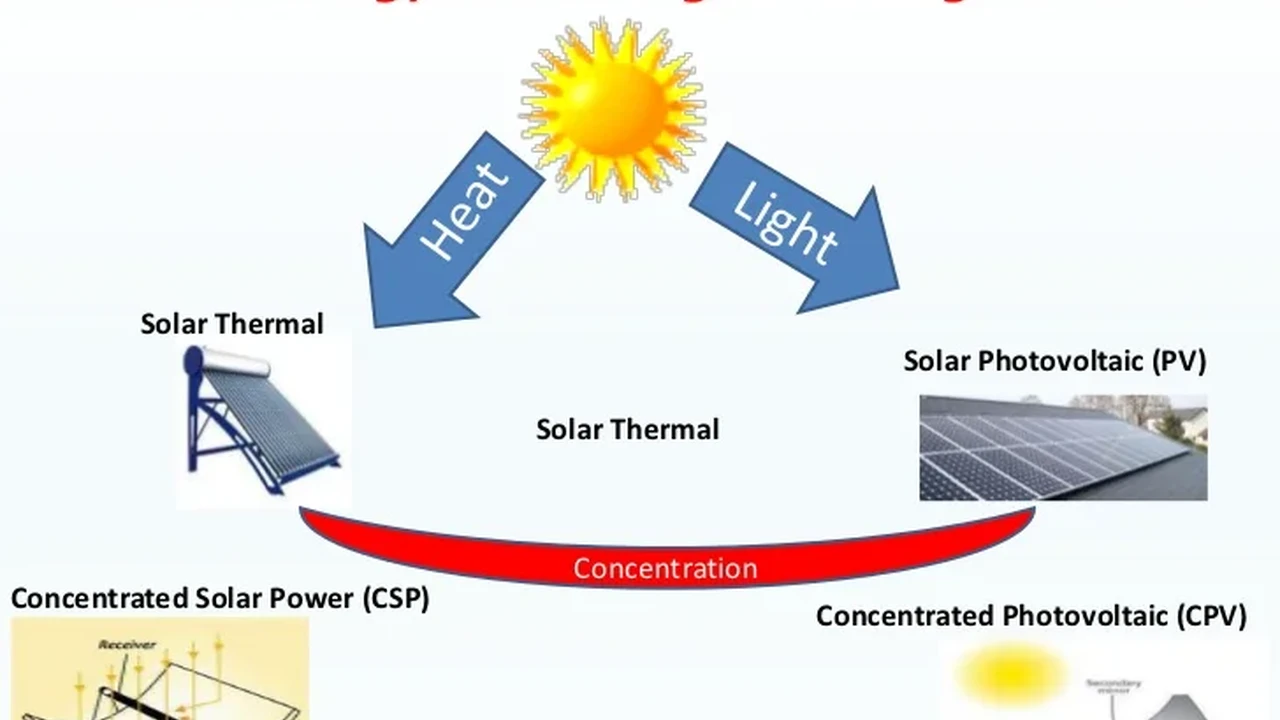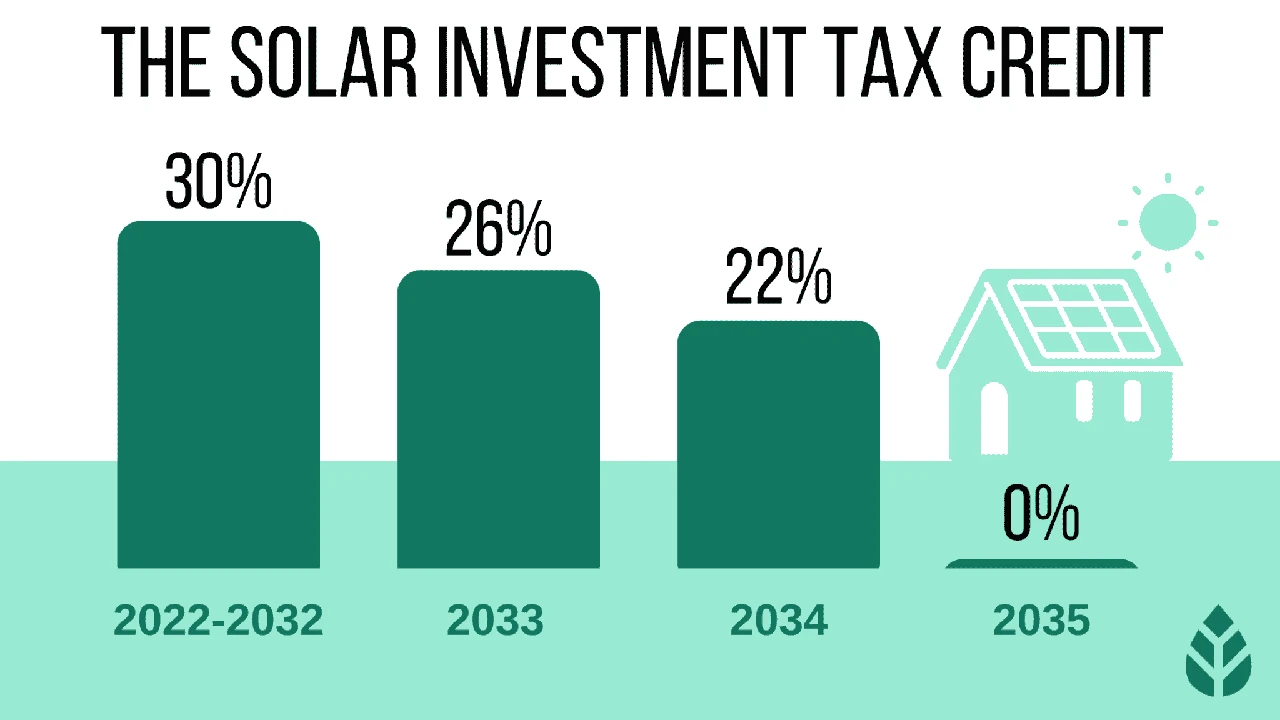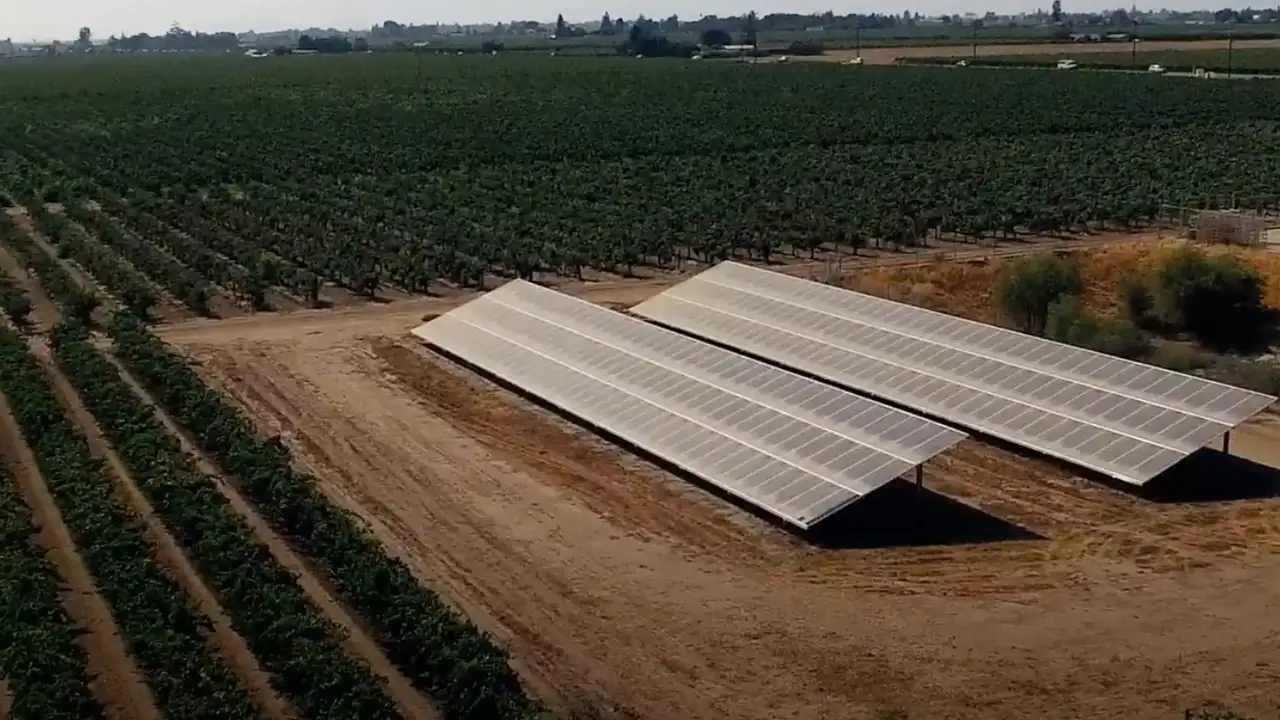Solar Panel and Energy Storage Materials: Advancing Batteries

Understanding the Synergy Solar Panels and Energy Storage
Alright, let's dive into something super cool – how solar panels and energy storage, specifically batteries, are becoming best buds. Think of it like this: solar panels are like your personal sunshine factory, cranking out electricity when the sun's shining. But what happens when it's cloudy or nighttime? That's where batteries step in. They're like power banks, storing all that extra solar juice so you can use it whenever you need it. This combo is a game-changer for energy independence and reducing our reliance on fossil fuels. It's all about making the most of that free, clean solar power!
The Materials Science Behind Advanced Batteries for Solar Energy
Now, let's get a little geeky and talk about the magic happening inside these batteries. We're not just talking about your average AA batteries here. We're talking about advanced materials that can store tons of energy, charge super fast, and last for years. Lithium-ion batteries are the current frontrunners, thanks to their high energy density and relatively long lifespan. But researchers are constantly exploring new materials like solid-state electrolytes, sodium-ion, and even graphene to make batteries even better. These innovations are aimed at boosting performance, improving safety, and lowering costs, making solar energy storage more accessible for everyone.
Types of Batteries Used with Solar Panels A Detailed Comparison
So, what kind of batteries are we talking about exactly? Let's break down the most common types used with solar panels:
- Lithium-ion (Li-ion): The most popular choice right now. They're lightweight, have a high energy density, and a decent lifespan. Think Tesla Powerwall.
- Lead-acid: The old-school option. They're cheaper upfront but have a shorter lifespan and lower energy density. Good for off-grid systems on a tight budget.
- Nickel-based: Less common in residential solar, but used in some industrial applications. More durable than lead-acid but lower energy density than Li-ion.
- Flow batteries: Emerging technology with potentially very long lifespans and high scalability. Still relatively expensive.
Each type has its pros and cons, so the best choice depends on your specific needs and budget. Lithium-ion is generally the best all-around option for most homeowners.
Recommended Products for Solar Energy Storage: Brands, Models, and Specifications
Okay, let's get down to brass tacks and talk about some specific products you can actually buy. Here are a few popular options, along with some details:
- Tesla Powerwall: The name everyone knows. It's sleek, powerful, and comes with a 13.5 kWh capacity. Perfect for backing up your entire home during a power outage. Expect to pay around $11,500 installed.
- LG Chem RESU: A solid alternative to the Powerwall. It's also lithium-ion, with a similar capacity and lifespan. Often a bit more affordable than Tesla. Around $10,000 installed.
- Enphase Encharge: This one's a bit different. It uses smaller, modular batteries that are easy to install and expand. Great for smaller homes or those who want to start small and add more storage later. Prices vary depending on the configuration.
- Generac PWRcell: This system allows for AC or DC coupling, making it flexible for both new and existing solar installations. It also offers smart features like load management and grid services participation. Cost is typically in the $10,000 - $15,000 range installed.
Understanding Battery Capacity, Power, and Lifespan for Solar Applications
When you're shopping for a battery, you'll see terms like "capacity," "power," and "lifespan" thrown around. Let's break them down:
- Capacity (kWh): This is how much energy the battery can store. A higher capacity means you can power more appliances for longer.
- Power (kW): This is how much power the battery can deliver at any given moment. A higher power rating means you can run more high-demand appliances simultaneously.
- Lifespan (cycles or years): This is how long the battery is expected to last before it starts losing its ability to hold a charge. Most batteries are warrantied for a certain number of cycles (a full charge and discharge) or a certain number of years.
Think about your energy needs and choose a battery that has the right capacity, power, and lifespan for your situation.
Real-World Applications of Solar Panel and Battery Systems
So, where are these solar panel and battery systems actually being used? Everywhere! Here are a few examples:
- Residential homes: Powering lights, appliances, and even electric vehicles.
- Businesses: Reducing energy costs and improving grid resilience.
- Off-grid communities: Providing electricity to remote areas that aren't connected to the grid.
- Emergency backup: Keeping the lights on during power outages.
The possibilities are endless! As battery technology improves and costs come down, we'll see even more innovative applications emerge.
The Future of Solar and Battery Integration: Innovations and Trends
What's next for solar and battery technology? A lot of exciting things! We're seeing:
- Improved battery chemistry: Leading to higher energy density, faster charging, and longer lifespans.
- Smart grid integration: Allowing homeowners to sell excess solar power back to the grid and participate in demand response programs.
- Electric vehicle charging: Using solar power to charge EVs, further reducing reliance on fossil fuels.
- Microgrids: Creating localized energy grids that can operate independently of the main grid.
The future is bright (pun intended!) for solar and battery technology. It's an exciting time to be involved in this rapidly evolving industry.
Cost Analysis: Investing in Solar Panels and Energy Storage
Let's talk about the elephant in the room: cost. Solar panels and batteries are an investment, but it's one that can pay off in the long run. The upfront cost can be significant, but you'll save money on your electricity bill every month. Plus, there are often tax credits and incentives available to help offset the cost.
Here's a general idea of what you can expect to pay:
- Solar panels: $3-$5 per watt installed. A typical 6kW system might cost $18,000-$30,000 before incentives.
- Batteries: $800-$1200 per kWh of storage capacity.
Don't forget to factor in installation costs, which can vary depending on your location and the complexity of the installation.
Installation Considerations for Solar Panel and Battery Systems
Before you jump in and buy a solar panel and battery system, there are a few things to consider:
- Roof orientation and shading: Solar panels need direct sunlight to generate electricity.
- Electrical panel capacity: You'll need to make sure your electrical panel can handle the additional load.
- Permitting and inspections: You'll need to obtain the necessary permits and pass inspections.
- Professional installation: It's highly recommended to hire a qualified solar installer.
A good installer will be able to assess your specific situation and recommend the best system for your needs.
The Environmental Benefits of Combining Solar Panels and Battery Storage
Let's not forget the biggest benefit of all: the environmental impact. Solar panels and batteries are a clean, renewable energy source that can help reduce our carbon footprint. By generating your own electricity from the sun, you're reducing your reliance on fossil fuels and helping to protect the planet for future generations. It's a win-win!
The Impact of Solar and Battery Systems on Grid Stability and Reliability
Solar and battery systems are not only good for individual homeowners, but they're also good for the grid as a whole. By generating electricity locally, they can reduce the strain on the grid and improve its stability. Batteries can also provide backup power during outages, helping to keep the lights on when the grid goes down.
Maintenance and Monitoring of Solar and Battery Systems
Once your solar and battery system is installed, it's important to maintain it properly. This includes:
- Regular cleaning of solar panels: Dirt and debris can reduce their efficiency.
- Monitoring battery performance: Most systems come with monitoring software that allows you to track battery health and performance.
- Scheduling regular inspections: A qualified technician can inspect your system and identify any potential problems.
Proper maintenance will help ensure that your system lasts for many years to come.
Government Incentives and Rebates for Solar and Battery Storage Systems
Don't forget to take advantage of government incentives and rebates! These can significantly reduce the cost of your solar and battery system. In the United States, the federal government offers a tax credit for 30% of the cost of solar and battery systems. Many states and local governments also offer additional incentives.
Check with your local utility company and state energy office to learn more about available incentives.
Future Trends in Energy Storage Technologies for Solar Power
The future of energy storage is bright! We are seeing innovations in:
- Solid-state batteries: Safer and more energy-dense than lithium-ion.
- Flow batteries: Scalable and long-lasting for grid-scale storage.
- Hydrogen storage: Converting solar energy into hydrogen for long-term storage and transportation.
- Thermal energy storage: Storing solar heat for later use.
These technologies promise to make solar energy even more reliable and affordable in the years to come.
:max_bytes(150000):strip_icc()/277019-baked-pork-chops-with-cream-of-mushroom-soup-DDMFS-beauty-4x3-BG-7505-5762b731cf30447d9cbbbbbf387beafa.jpg)






